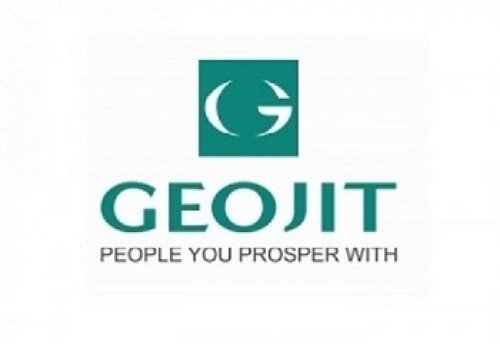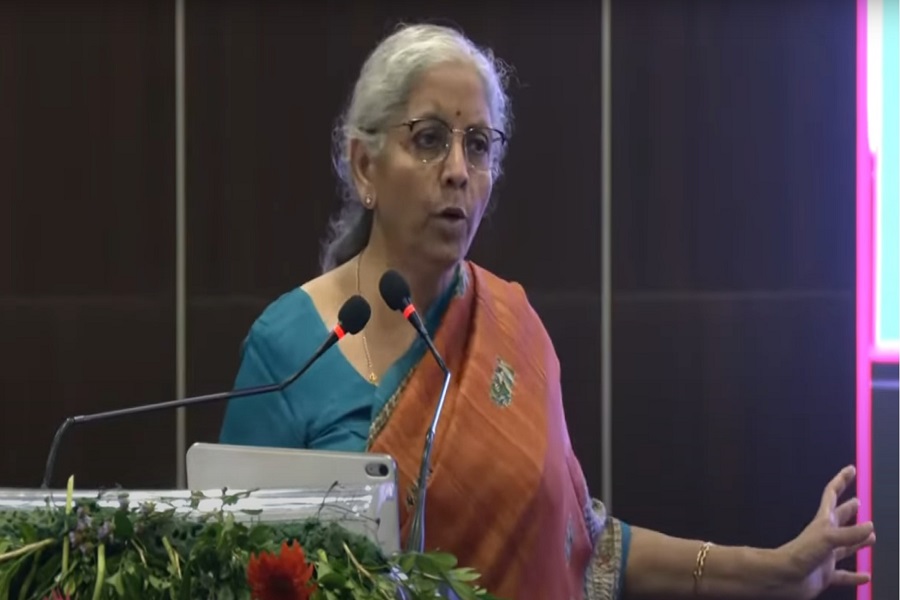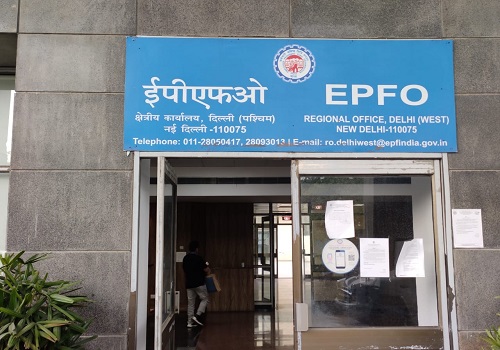Strategy : Financialisation of savings – Great progress so far, but still a long way to go By JM Financial Services

Financialisation of savings – Great progress so far, but still a long way to go
Indian equity markets rebounded quickly from Sep’24 lows and have remained fairly resilient through geopolitical turmoil across the globe. While the India growth story excites foreign investors, another key catalyst has been retail and HNI participation in the Indian equity markets. As we analyse India’s financialisation of savings, we note that while great progress has been made so far, the growth runway is extremely long given demat penetration in India at ~14% is significantly below that of China (28%), Japan (30%) and USA (40%), and India’s mutual fund AUM to GDP ratio at ~18% is less than that of USA (69%), UK (53%), Japan (43%), and China (23%). We also conclude that: (1) there has been an increase in the share of financial assets as a % of household savings; (2) on bank accounts metrics, women have outdone men on all growth parameters; and (3) retail equity participation growth, which shot up during Covid has persisted post the pandemic led by the increased participation of <30 years population in terms of demat account ownership.
* Household savings: transitioning from physical to financial assets - Indian households have historically favoured savings in the form of physical assets and this trend continues to persist till today. However, there has been steady rise in the share of savings in financial assets from 39.5% in FY05 to 44.7% in FY24. The shift has been slow but we see a larger shift post FY20-21 indicating a behavioural shift in preferences of households during the pandemic.
* Women outdo men in bank accounts growth metrics - The number of bank accounts belonging to individuals has grown by 5.6% CAGR over FY19-25 while deposit values for these accounts have grown by 9.6% CAGR. Amongst individuals, women have seen faster growth in both metrics – number of accounts and deposit value growing at 9.3% and 13.6% CAGR respectively over FY19-25, indicating increasing participation of women in the financialisation of household savings.
* Demat pandemic boom has persisted post pandemic - Resident individual demat accounts saw tremendous growth during the pandemic (+35.4% in FY21 and 63.4% in FY22) as retail participants flocked to the equity markets in the face of adversity. Interestingly, this trend has persisted post the pandemic also (+27.8% in FY23, +31.9% in FY24 and +26.7% in FY25). One can clearly see the demographic shift in retail participants with <30-years age group rising from 22.6% of total in FY19 to 39.5% in FY25, while the share of the 60+ population has meaningfully fallen from 13.1% in FY19 to 7.1% in FY25. One obvious reason for the same is the rise of mobile-first broking platforms and increased SIP penetration in India. But India still has a long way to go, as it lags at 14% behind China at ~28%, Japan at ~30% and USA at ~40% in demat penetration.
* Mutual fund folios, SIPs and AUMs see a tremendous retail-led expansion - Total mutual fund folios rose from 42mn in FY15 to 235mn in FY25 at 19% CAGR, driven primarily by retail segments. SIPs have emerged as a stable retail inflow mechanism, with annual SIP contributions rising from INR 439bn in FY17 to INR 2,894bn in FY25. India’s mutual fund AUM has expanded from INR 17.5trln in FY17 to INR 65.7trln in FY25, registering a CAGR of 18%, outpacing the Nifty 50’s CAGR of 12.5% over the same period. The growth runway for mutual fund AUMs is still quite long given India’s mutual fund AUM was ~18% of GDP in FY25, significantly below ~69% in USA, 53% in UK, 43% in Japan and ~23% in China.
* Discretionary PMS grew at 16% CAGR over FY19-25 - Over FY19-25, discretionary PMS AUM rose from INR 13trln to INR 31.8trln at 16.1% CAGR, with the number of investors increasing from 138,829 to 191,221 at 5.5% CAGR over the same period. The average ticket size for HNIs in PMS has remained significantly higher compared to the average value per mutual fund folio, reflecting not just higher affluence but also a growing preference for formal, advisor-led allocation.
Please refer disclaimer at https://www.jmfl.com/disclaimer
SEBI Registration Number is INM000010361










Tag News

Budget 2026-27 must focus on jobs, jobs and jobs: Mohandas Pai













